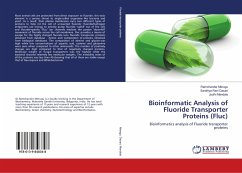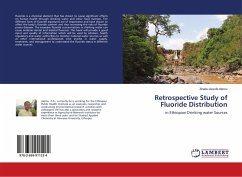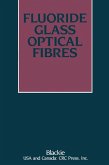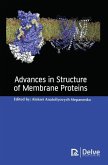Most animal cells are protected from direct exposure to fluoride, this toxic element is a serious threat to single-celled organisms like bacteria and yeast. As a result, their plasma membranes carry two different types of proteins to help rid the cell of unwanted fluoride: fluoride/hydrogen antiporters use energy to actively pump fluoride "uphill" out of the cell; and fluoride-specific "Fluc" ion channels mediate the passive "downhill" movement of fluoride across the cell membrane. Fluc provides a means of escape for the highly charged fluoride ions. Fluoride transporter proteins obtained from database . Amino acid composition of proteins obtained from biological databases. The composition of alanine and glycine was high while low concentrations of aspartic acid, cysteine and glutamine were seen when compared to other aminoacids. The number of positively charges are high compared to that of negatively charged proteins. Molecular weight of fungal transporters was the highest whilethe bacterial showed relatively less molecular weights. The instability index of all the proteins was less than 40 showing that all of them are stable except that of Neurospora and Bifidobacterium.
Bitte wählen Sie Ihr Anliegen aus.
Rechnungen
Retourenschein anfordern
Bestellstatus
Storno








